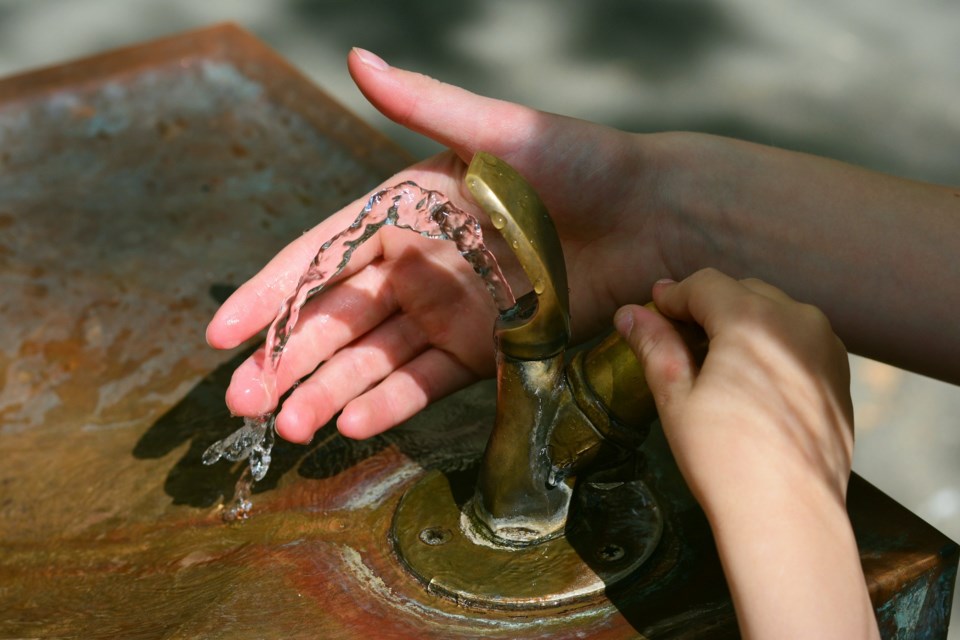Richmond schools have seen significant improvement in water quality, according to a report delivered to the school board earlier this month.
The school board identifies water fixtures that don’t meet acceptable lead levels as having more than 10 parts per billion. These fixtures then fall into two categories: “priority one” which includes direct drinking fixtures and “priority two” which includes kitchen and classroom sinks that may be used for cooking and drinking.
Last November, nearly 60 per cent of Richmond’s schools had some priority one fixtures while 50 per cent had some priority two fixtures.
But as of September, the number decreased to 20 per cent of schools having priority one fixtures and just under 40 per cent having priority two fixtures.
In an effort to mitigate these problematic fixtures, the report to the school board said some water fountains were replaced with bottle fill stations. All schools in the district now have at least one bottle fill station, according to the report.
A daily and weekly flushing program was implemented to ensure “lead levels are within acceptable limits.”
Finally, a sticker program was introduced, allowing classrooms to have the option of placing “do not drink” stickers on classroom sinks.
“The district will continue mitigation and re-testing of existing and new water fixtures to ensure the safety of students and staff,” said the report to the school board. “All water fixtures have been addressed through the mitigation strategy to ensure the safety of students and staff.”
In February 2017, the province required school districts to perform lead testing on at least one third of its schools annually. Within nine months of that mandate, the Richmond School District says it completed testing of all water fixtures at all schools.
Health Canada notes lead is present in tap water as a result of “dissolution from natural sources or from household plumbing systems containing lead in pipes.”
Lead can damage the central nervous system, among other health concerns.



